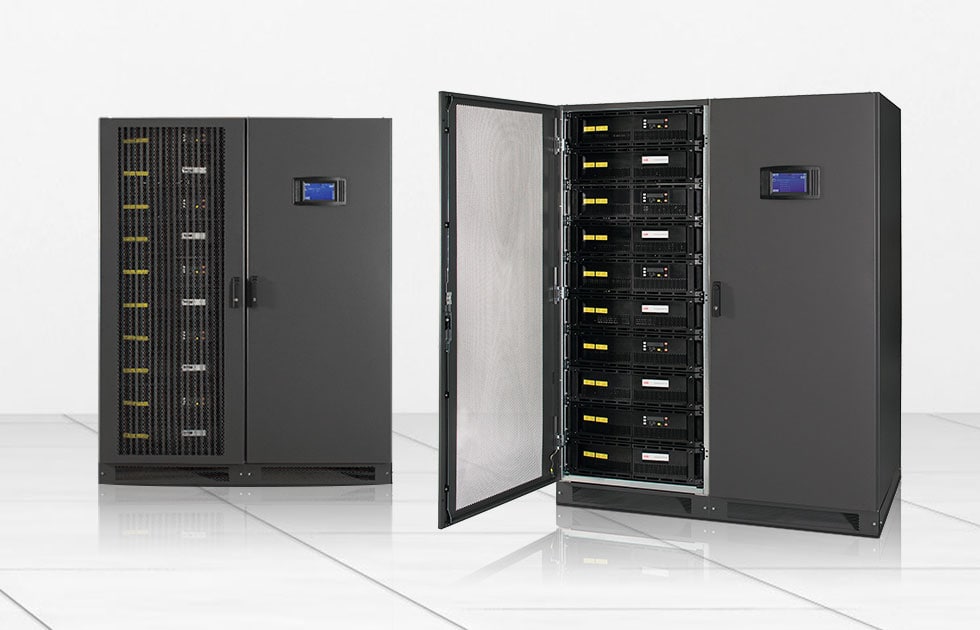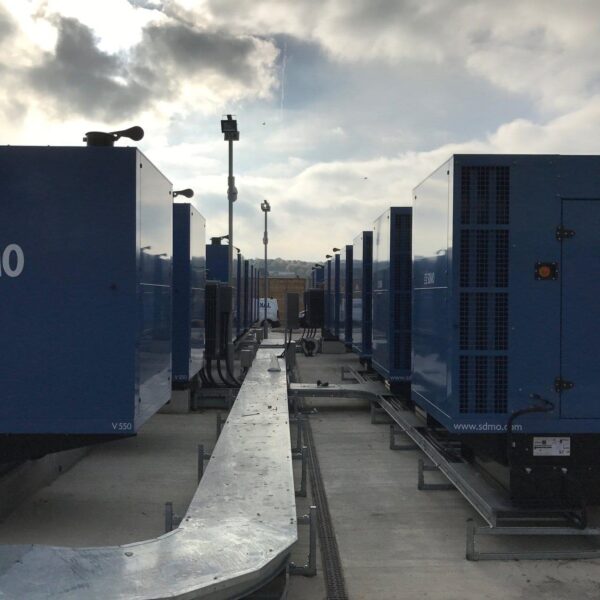Once a site’s need for a UPS has been established, KOHLER Uninterruptible Power, a KOHLER company has identified six fact-finding stages about the application’s requirements necessary to ensure the UPS installation’s ultimate success. These relate to correctly sizing the UPS, reliability, environment, total cost of ownership, UPS installation, and using and maintaining the UPS.
In this post, we look at the first stage; correctly sizing and specifying the UPS for its load. Getting this right is critical, as undersizing will cause inevitable and immediate problems, while oversizing will waste money and space in a highly-valued operations area. However, it’s also important to allow for future expansion as well as current requirements. If modular racking UPS systems are used, scaling up by adding modules to a rack is easy – but further, (horizontal) scaling will need additional racks, with extra space and cabling for them.
Gathering load data
Calculating the current load can begin with reviewing equipment labels and supporting technical data. Profiling the load correctly involves collecting information about the following parameters:
- Supply voltage
- Supply frequency
- Number of phases
- Load current
- Power factor
- Power consumption
In Ireland, single-phase equipment labels usually indicate a requirement for a 50 Hz frequency, 230/240 Vac supply, while three-phase devices operate from 50 Hz 400/415 Vac. If a device’s label doesn’t explicitly state whether it operates on single- or three-phase, then the voltage supply requirement provides the necessary clue. The equipment’s labelling or documentation usually also indicates the required load current in Amperes (A).
An equipment item with a power factor of 1.0 draws current entirely in phase with the supply voltage. However, almost all ICT equipment likely to be connected to a UPS will usually have a power factor of between 0.8 and 0.9, meaning some of the current drawn is out of phase with the supply voltage. The UPS must be able to accommodate this, and do so for leading as well as lagging power factor loads.
Equipment power consumption is stated in either Watts (W) or Volt-Amperes (VA). As UPS manufacturers work to VA or kVA ratings, conversion from W to VA is sometimes needed. VA ratings can be determined by either:
- Multiplying the load current (A) by the supply voltage (V) or
- Dividing the power consumption (W) by the rated power factor
Site Surveys
[/vc_column_text][vc_column_text]Obtaining load details from equipment labelling and documentation gives a reasonable idea of the load’s power requirements, but it cannot give an accurate picture of how these requirements vary with time. The only solution is a site survey, which is offered by many UPS manufacturers. This typically involves installing portable measuring and monitoring equipment to record information about the load over a period of time. This time depends on the load application; for example, there is no point in measuring power demand of an office network in the evening when very few staff will have their PC powered on.
kVA Load Calculator
Once the load characteristics are known, they can be fed into the kVA Load Calculator found on the website. Click on Single or Three-phase, then select or type in Volts, Amperes per phase and power factor, and the Calculator will compute the power requirement in kVA and kW. A further click will prompt the Calculator to display a recommended set of UPSs to fit the load requirement. These recommendations can then be emailed to you if you enter your contact details.
Finally, it’s also important to consider if you have any problem loads on site, such as:
- Blade servers
- Fluorescent/gas discharge lighting
- Motors and compressors
- Air conditioning equipment
- Laser printers
- Dimmable lighting systems
These items may cause high or pulsed current during normal operation or start-up. This may overload the UPS or cause unintended operation, during start-up in particular, causing intermittent alarms or possible transfer between inverter and static bypass.
If you do identify such loads, consult with your UPS provider, who will be able to advise you on suitable solutions accordingly.





